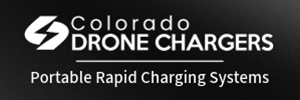Thank you for that. That error should really be pointed out to DJI, because the battery wont allow itself to be self-discharged to 0, and you cant fly it down to 0. The low voltage sensor in the battery and drone will force itself to land when battery level gets to 8%. Thats why many drones end up as fish bait after landing in the water, with the owner trying to return home in an unanticipated headwind.
DJI should point out that fully discharging a lipo is different than discharging it to 0. If a lipo ever gets to 0, it is officially dead, if it hasnt exploded or swelled first. Not joking. Sometimes if a lipo gets below 2.8v in any cell, it has been irreparably damaged.
Im glad you found that in the manual. There are a few other things in the manual that are ambiguous, and you have to guess what DJI means and come to your own conclusion.










